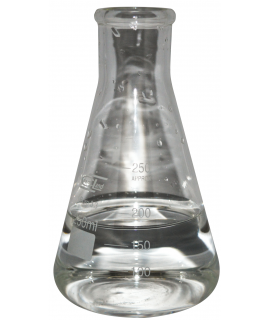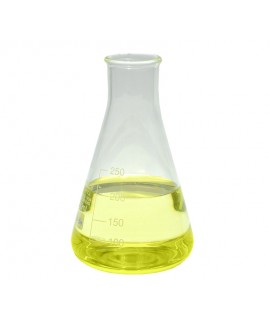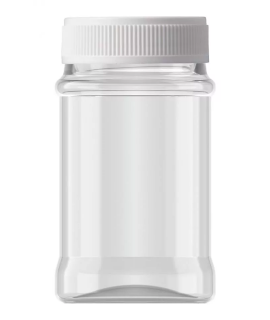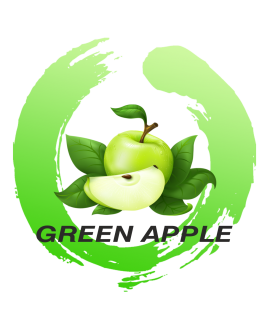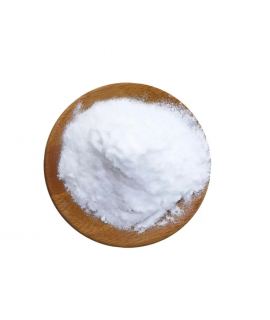TARTARIC ACID DL (-+), food grade,99%, kg
5.40 €
13.50 €
Save 60%Tartaric acid, CAS 133-37-9, 2,3-dihydroxysuccinic acid, INCI TARTARIC ACID, racemic acid, uvo acid, paratartaric acid, cream of tartar, L-tartaric acid
Parameter | Attribute |
Tartaric acid | Tartaric acid, 2,3-dihydroxysuccinic acid, treatic acid racemic acid, uvic acid, paravinic acid, tartaric acid, tartaric stone, DL - tartaric acid |
Formula | C4H6O6 |
Structure | 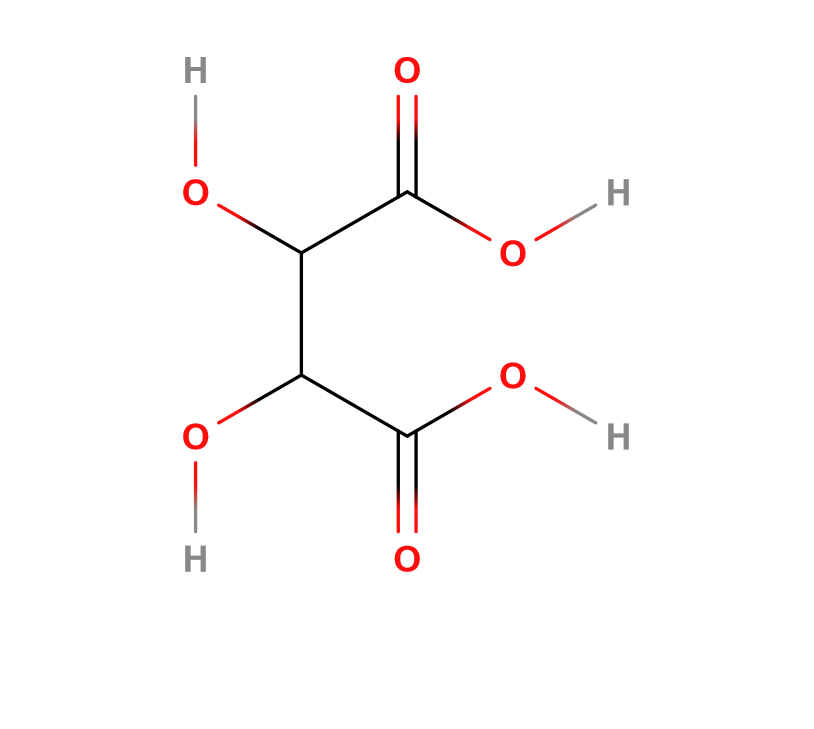 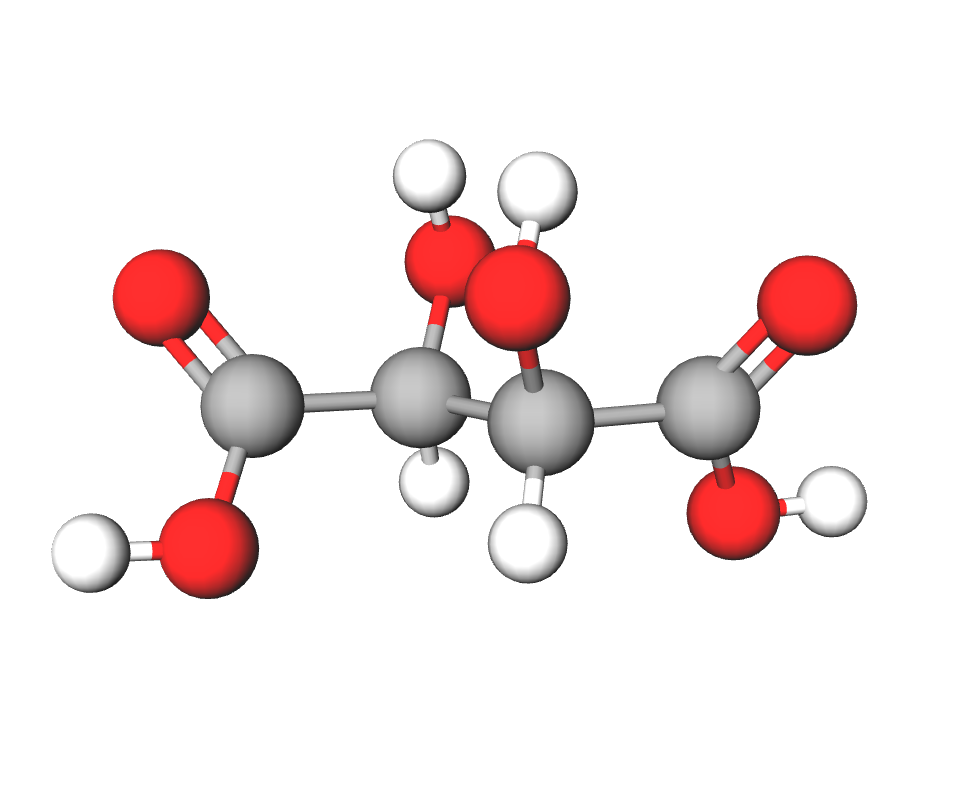 |
IUPAC | 2,3-Dihydroxybutanedioic acid |
INCI | TARTARIC ACID |
CAS | 87-69-4 |
Molar mass | 150.087 g/mol |
Density | 1.737 g/cm3 |
Solubility | 133 g/mL |
Tartaric acid is a white crystalline organic acid found naturally in many fruits, especially grapes, but also in bananas, tamarinds and citrus fruits. The acid itself is added to foods as antioxidant E334 and imparts a distinctive sour taste. Naturally occurring tartaric acid is a useful raw material in organic chemical synthesis. Tartaric acid, alpha-hydroxycarboxylic acid, is a diprotic and aldaric acid and is a dihydroxyl derivative of succinic acid.
In agriculture, this acid is used as a chelating agent to complex the trace elements in soil fertilizers. It chelates aluminum, copper, iron, calcium and magnesium ions. L-Tartaric acid is used as a germination inhibitor for the new generation of potatoes during storage. A solution of 0,1-0,3mg/ml (0,1-0,3g/L) is available for washing or spraying potatoes. Seedling growth is inhibited for up to 2 months, thus keeping the potatoes intact and marketable for longer. Scientific studies have shown that the use of tartaric acid in acidic soils is an excellent way of binding aluminum, which poisons the plants. Nitrogen fertilization acidifies the soil and makes aluminum active in the acid medium, which poisons the plants by damaging their roots (making them shorter and swollen) and preventing the uptake of calcium and magnesium. This causes the plants to die. Lime changes the pH of the soil, but the lime does not penetrate into the deeper layers of the soil, so the aluminum can continue to be taken up by plants. Since tartaric acid is highly soluble, it penetrates into the deeper layers of the soil and binds the aluminum.
In metalworking, tartaric acid is used to clean metal surfaces consisting of aluminum, copper, iron and alloys of these metals, respectively. It is used for the cleaning of brass, the electrolytic tinning of iron and steel and the plating of other metals with gold and silver. It is excellent for cleaning and polishing metals. Tartaric acid is also used in the electroplating process as one of the components that helps to coat metals evenly on various surfaces.
In pharmaceuticals, tartaric acid and its derivatives have many uses, e.g. together with citric acid it is used in the production of hissing salts to improve the taste of oral medicines. The potassium antimonyl compound of this acid is included in small doses in cough syrup as an expectorant.
In construction, tartaric acid is used in cement, gypsum and plaster of Paris, or mixtures thereof, to retard drying and facilitate the handling of these materials. Tartaric acid is widely used as a retarding agent in oil fields as well as in cement-based systems. It acts by retarding the binding of cement by inhibiting certain reactions during the cement hydration process. This acid slows down various steps including the formation of ettringite and C3A hydration.
In cosmetics it is used as a key ingredient in many natural body creams. Tartaric acid has antioxidant properties and is an alpha hydroxy acid (AHA). AHAs are popular acids in skin care products such as serums and masks. Due to its antioxidant and exfoliating properties, it is commonly used to reduce fine lines and wrinkles, hyperpigmentation, acne, large pores and dull/uneven skin tone. Interestingly, in vitro studies have shown that when tartaric acid is broken down into derivatives called tartramides, its chemical structure mimics that of ceramides in the skin. These tartramides have been shown in the laboratory to successfully replace ceramides in the skin's lipid matrix model; however, it is not known whether this benefit extends to intact skin in cosmetic applications. Its functions (INCI):
- pH regulator: stabilizes the pH of cosmetics
- Masking : Reduces or inhibits the odor or the main flavor of the product
In the food industry, tartaric acid is widely used as an acidity regulator, imparting a pleasant sour taste and a pungent aroma to foods. It is also a food preservative and can help to firm gels. Tartaric acid is commonly added to most products including carbonated drinks, gelatine, fruit jellies and effervescent tablets. It is also used as an ingredient in sweets and in various manufacturers' baking powders and leavening systems to make products rise.
In the textile industry, tartaric acid is used in leather tanning solutions as an acidifier and antioxidant, as well as a dye ingredient that helps to penetrate deep into the fabric and fix pigments in it.
Important: Add the item to your basket, fill in the recipient's details and confirm your order. Thank you!
To save your precious time, we will deliver your order to your address at a time convenient for You!
*- The pictures of the goods may not correspond to the actual appearance, color, assembly or shape of the goods and their packaging. The information in the product description is of a general nature and may not correspond to the information on the packaging of the product and may not be the exact use of the product. The information given on the stocks and prices of goods may, in certain cases, differ from the actual prices and stocks of goods
Signal word: Danger |
Hazard icons:
|
Danger phrases: H318 Severe eye damage |
Precautionary statements: Precautionary phrases - preventive P280 Wear eye/face protection Precautionary statements - rebound P305+P351+P338 IN CASE OF CONTACT WITH EYES: wash gently with water for several minutes. Remove contact lenses if they are present and can be easily done. Continue to wash eyes P310 Call the ACCIDENT CONTROL AND INFORMATION OFFICE/consult a doctor immediately |
Related products
(8 other products in the same category)




